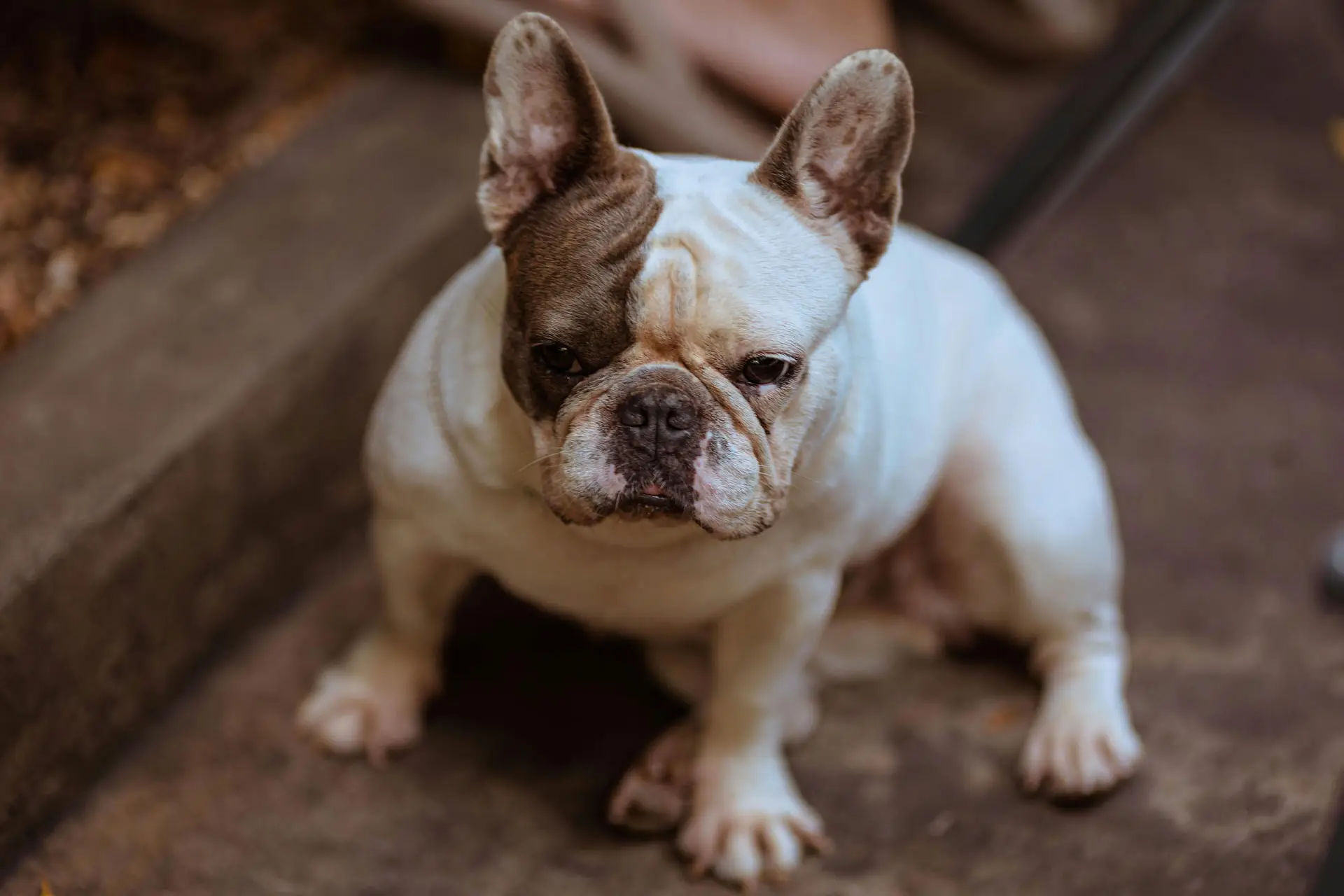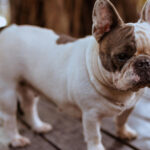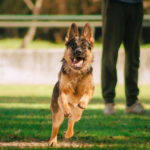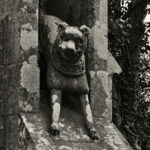A puppy’s endless love can make lonely times feel less empty, giving a kind of joy people can’t always give. But that love shouldn’t hurt others. That means if your pup barks at friends, bites strangers, or acts scared, it stops being sweet.
Instead of happy walks, you get stress, vet visits, and guilt. What starts as a dream can feel like a bad dream.
But don’t worry, aggression isn’t permanent. Training an aggressive puppy is an easy process. How? That’s what this article will spill the beans on!
Whether you’re getting a new pup or dealing with growls, this article gives easy, smart steps to calm the chaos.
Why training an aggressive puppy is non-negotiable?
Here’s why it’s important to stop your furry friend from being aggressive:
First, stopping aggression early saves your dog’s life. Puppy growls or bites might seem harmless, but studies show 68% of adult dog bites start from aggression that wasn’t fixed in puppyhood. Without training, these behaviors can turn into dangerous habits like attacking strangers or guarding food aggressively.
Second, training keeps your puppy safe. Dogs with aggression issues are three times more likely to end up in shelters or put down. When you teach your pup calm behavior, you make sure they stay in your home, loved and cared for.
Third, training builds trust between you and your dog. When you work on aggression together, your puppy learns to listen to you and feel safe. This makes them better around kids, guests, and new places.
Fourth, aggression can cost you money and freedom. If your dog bites someone, you could face lawsuits, fines, or even have your breed banned in your area. Many home insurance plans won’t cover dogs with an aggression history, leaving you to pay huge bills alone.
5 Steps to Train an Aggressive Puppy
Stop worrying about your pup’s aggression. Follow these 5 steps to help your pup stay calm:
1. Turn Biting into Brain Games
If your puppy bites or nips when they’re excited, swap rough play with brain games to tire them out mentally. Instead of letting them chew your hands, give them puzzle toys or scent games.
For example, hide their kibble in a snuffle mat (a fabric mat with folds) so they sniff and search instead of biting. This keeps their mouth busy and their brain working. This ultimately cuts down on frustration that leads to aggression.
Another idea? Freeze a rope toy soaked in dog-safe bone broth. The cold soothes their sore gums from teething, and the tasty broth keeps them licking and chewing for longer.
2. Startle, Don’t Scold
Punishment creates fear. That’s why, stop the behavior fast without scaring them.
Instead of yelling or hitting, which can make fear and aggression worse, use a harmless noise like a loud clap, a firm “uh-uh,” or shaking a jar of coins. This interrupts their bad mood without hurting them.
Likewise, for puppies that keep growling or biting, try a vibration collar (not a shock collar!).
The gentle buzz distracts them, and you can quickly redirect their energy to something good, like chewing a toy or practicing a “sit” command.
Always follow the noise or buzz with a positive task to teach them what to do instead of what not to do. Over time, they’ll link the interruption to calm behavior.
3. Identify Triggers and Root Causes
While training an aggressive puppy, figure out why it’s happening.
Start by writing down when and where your puppy acts out. For example, they became aggressive during meals, around strangers, or after playtime. Common reasons include fear (loud noises, new people), guarding toys or food, or getting too excited.
Once you know the triggers, you can fix them. Like, if your pup growls when someone approaches their bowl, practice having people toss treats nearby to teach them guests aren’t a threat.
You can also use a free app like Puppr to log these moments in a “trigger diary”. Note the time, place, and what happened. This helps you tailor training to your puppy’s specific fears or habits.
4. Teach the “Zen Zone” Command
Give your puppy a “chill-out spot” to calm down when they get too worked up.
For that, you can pick a mat or bed as their “Zen Zone” and train them to go there on command like saying “settle or sit”. Plus, when they sit on the mat, start by rewarding them with treats. Then slowly ask them to stay longer.
When they’re stressed like, during loud noises or visits, guide them to the Zen Zone and praise them heavily for staying calm.
Moreover, for extra relaxation, you can add a drop of diluted chamomile oil to their mat (check if they’re allergic first!).
This teaches them to control their impulses and gives them a “job” to focus on instead of barking.
5. Socialize Gradually and Safely
The more you socialize, the better you become at meeting others in a good way, right? The same goes for dogs.
Help your puppy get used to new things without overwhelming them. To achieve that, you can start by introducing people, pets, and places one at a time. For example, let them meet a friend from across the room first, then slowly move closer over the days.
Here, you should keep them on a leash during meetings so you can guide them away if they get scared or snippy. With each new experience, give them treats, like, giving them kibble when they sniff a stranger’s hand, to teach them “good things happen here.
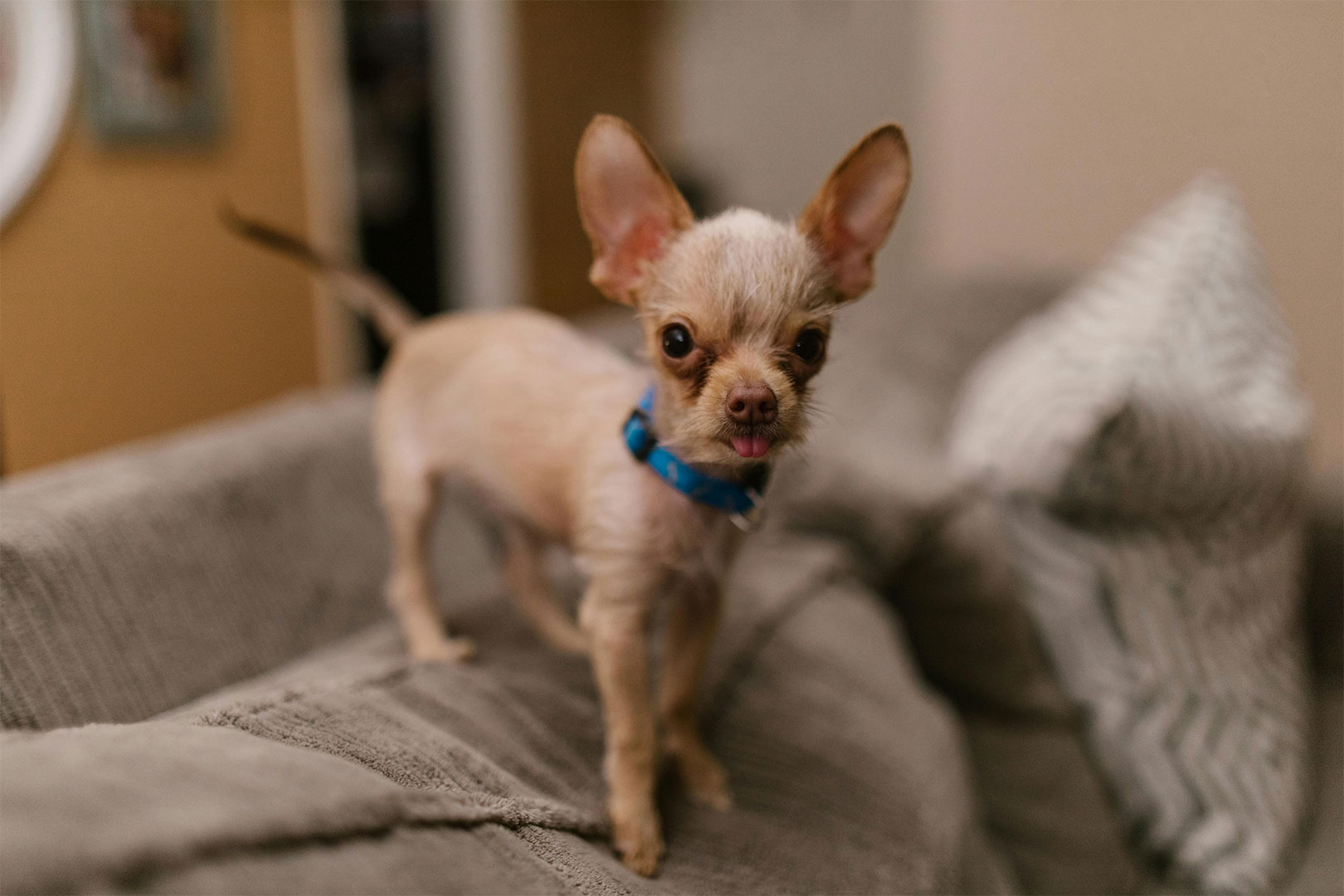
Your Pet’s Best Life Starts Here!
At CutePetsTips, we share the best guides to help you train your pup in a way that everyone remembers your pup in good words.
Along with a guide on training an aggressive puppy, we cover everything from health tips to toilet training and more. If you’re a pet parent in Ontario, look no further for a pup’s quality-life. Subscribe to our blog to keep your pet active and thriving.
FAQs
Can an aggressive puppy really change?
Yes! Puppy aggression isn’t permanent. With consistent training (like brain games and trigger tracking), most pups learn calm behavior. Early intervention stops bad habits from becoming lifelong issues.
Can I punish my puppy for aggression?
Never punish because it worsens fear and aggression. Instead, startle with a noise (clap, “uh-uh”) and redirect. Training builds trust; punishment breaks it.
What if my puppy bites during play?
Swap biting with brain games! Freeze a broth-soaked rope toy or use a snuffle mat. This redirects their energy to productive chewing and sniffing, not your hands.


